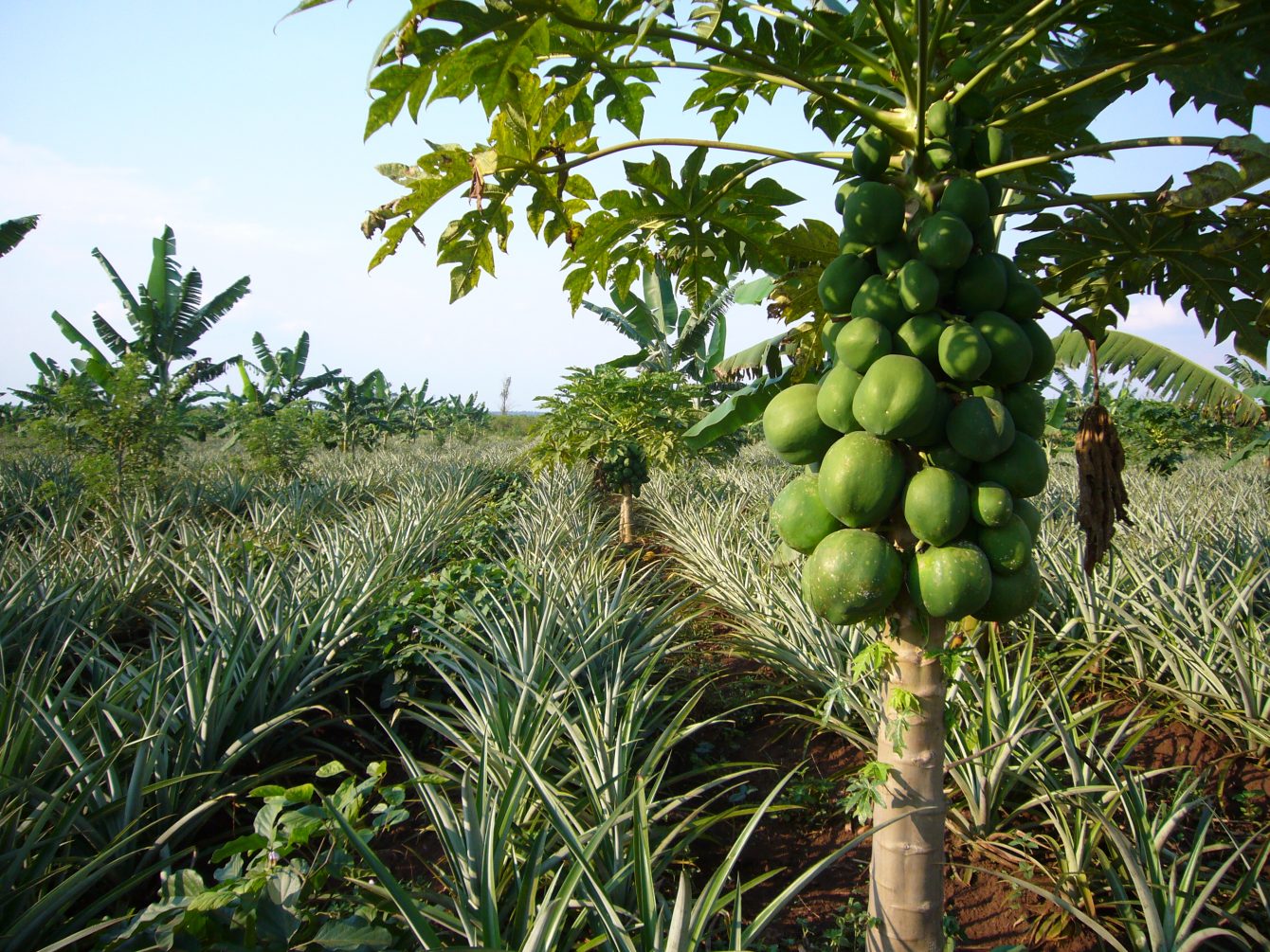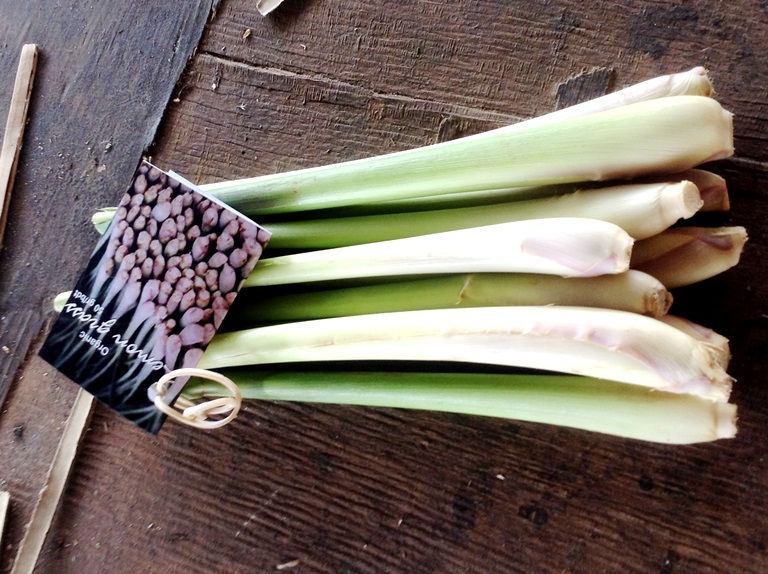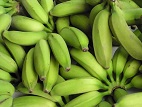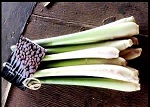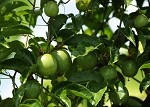Lemon Grass
Lemon grass is a tender perennial plant with a mild melony fragrance and a lemon-citrus type taste. It has long, thin, sharp grass-like gray-green leaves, and a spring onion like base and under ideal conditions, it can grow up to six feet. The stalks are too tough to eat, but they can be chopped and pounded to add flavor to fish or poultry sauces, and stir fry.
The narrow foliage of lemongrass ranges from blue-green to gold, the flowers are white, cream, or green depending on the plant’s age. Generally there are more colors of purple and blue in the base of the plant closest to its root source. Younger lemongrass displays a sweet tropical citrus aroma reminiscent of natural fruit loops. Lemon grass leaves and the oil are used to make medicine.
Locally referred to as Chai subi (grass for tea), the bush aroma emitting plant has in the past been mainly grown for domestic use. Of late however, a number of farmers have started growing it on commercial scale and there is a big demand for the aromatic plant.
In food and beverages, lemongrass is used as a flavoring, for example, lemongrass leaves are commonly used as “lemon” flavoring in herbal teas, it is used as a fragrance in deodorants, soaps, and cosmetics.
Lemongrass helps prevent the growth of some bacteria and yeast. it contains substances that are thought to relieve pain and swelling, reduces fevers, improves levels of sugar and cholesterol in the blood, stimulates the uterus and menstrual flow, it helps improve the skin by reducing acne and pimples and acts as a muscle and tissue toner, It reduces blood pressure and has antioxidant properties.
- Dry Fruit
- Herbs and Spices
- Kyampisi Farm
- Biodynamic Training at the Kyampisi Farm
- Demeter Product List
- General Product List
- Outgrowers
